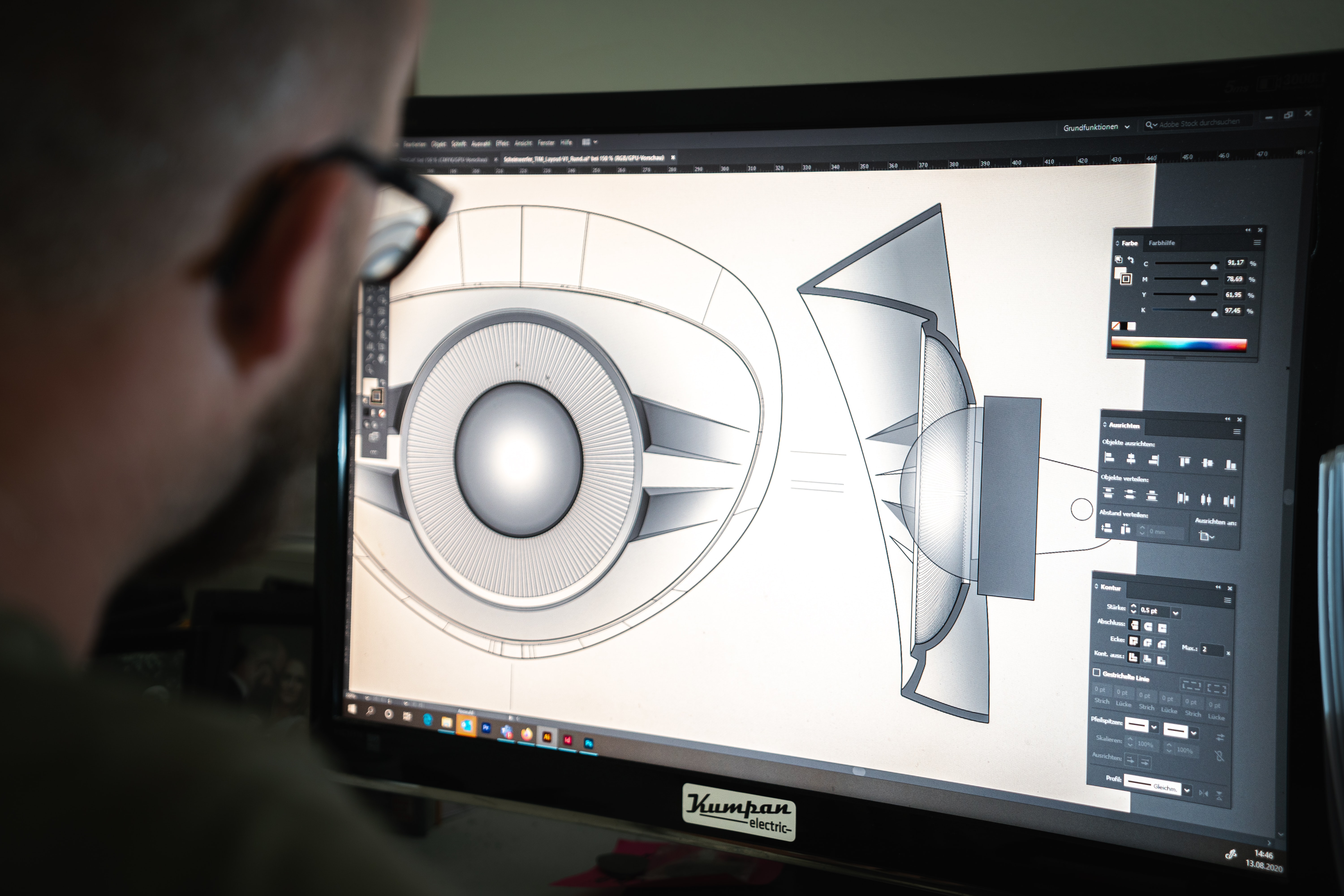The product lifecycle refers to the time between a product’s introduction and its removal from the market, and brands use data analysis during this time to determine pricing, marketing strategies, packaging, and growth. Product lifecycle management is an integrated approach that provides companies with a single platform for all product information.

The four stages of a product’s lifecycle are introduction, growth, maturity, and decline. Before this, conception, design, research, and development must be carried out. Understanding the lifecycle stages can help businesses increase profitability and ensure products remain on the shelves
Introduction
Once you’ve developed your product and produced it from tech packs, tested it out, and come up with a launch strategy. You can bring it to market and start the introduction stage of the product lifecycle. This is where you’ll focus on raising awareness and targeting your chosen demographic.

This sounds simple enough, but it can be challenging when faced with competition and fresh innovation from other quarters. Typically, sales at this particular stage are relatively slow and it can take some time before you’re able to move onto stage two.
Growth
During the growth stage, demand for your product increases, driving sales and extending its availability. Competitors may also start producing similar products, so it’s essential to have a strong brand and establish your position in the market.
Maturity
Your product is established in the market, causing production and marketing costs to fall. However, demand may drop due to market saturation. Prioritizing branding and product differentiation is crucial to maintain your position.
Decline
It’s largely inevitable that there will come a time when the product lifecycle will start a decline, whether that’s because of your competitors offering lower prices. This can be down to new features, or because fresh new innovation has come to market that makes your offering obsolete.

At this point, decisions will need to be made as to whether you continue offering the product but on a smaller scale, if you want to give it a revamp to make it more competitive, or if you want to abandon it altogether to focus your attention elsewhere.
How can a Lifecycle Management System Help?
By adopting a lifecycle management system strategy, you’ll find that you’re better able to extend the shelf life of your products, reduce time to market, improve product quality, identify future sales opportunities, and reduce prototyping costs. If you’d like to find out more about this way of working, get in touch with the team here at Bombyx PLM today.